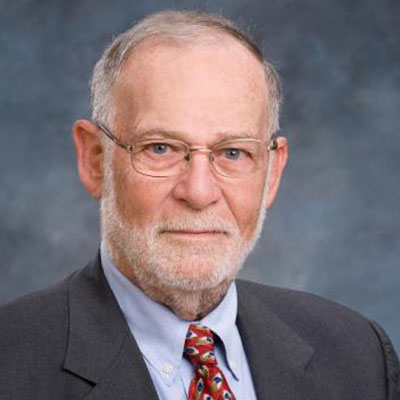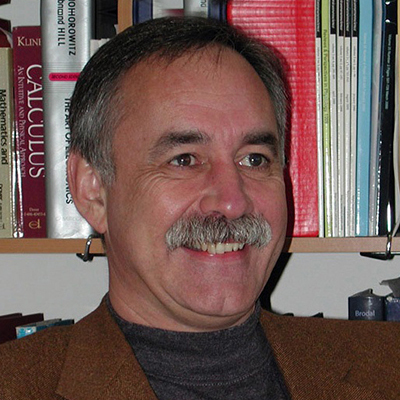Biography
Baljit S. Khakh received a Ph.D. degree from the University of Cambridge in 1995. During his graduate studies, he also spent some time at the Geneva Biomedical Research Institute. Dr. Khakh completed a postdoctoral fellowship in the laboratory of Dr. Graeme Henderson at the University of Bristol, followed by a fellowship at the California Institute of Technology, working in the laboratories of Drs. Henry A. Lester and Norman Davidson as a Wellcome Trust International Prize Traveling Research Fellow, and Senior Research Fellow in the Division of Biology. In 2001, Dr. Khakh returned to Cambridge in the Division of Neurobiology at the MRC Laboratory of Molecular Biology. Dr. Khakh joined UCLA in April 2006.





